AARP Hearing Center


Hurricanes Helene and Milton are the latest in a relentless string of storms, wildfires and other natural disasters prompting people to pack go bags and create emergency plans.
Such catastrophes also put pets in danger. Dogs, cats and other pets need a plan too.
“Preparedness across the board is really critical,” says Tim Rickey, vice president of the ASPCA National Field Response, the team at the nonprofit humane organization that responds to disaster situations. “If you have an older animal or an animal with high anxiety or some other medical conditions, you have to be a little bit more thoughtful and plan ahead for that so that you are able to evacuate with the right resources and supplies and take those animals into the right type of environment.”
A 2021 ASPCA national survey, the most recent available, found that fewer than half of pet owners have a disaster plan in place, despite the fact that 83 percent of them reported living in a community that faces natural disasters. Additionally, more than 1 in 5 pet owners said they had evacuated their homes in a disaster situation, and of those evacuees, nearly half had left at least one pet behind.
In that scenario, never leave without your pet, Rickey says.
“Leaving a pet behind can expose them to numerous life-threatening hazards, including the inability to escape the impending emergency — such as floodwaters and high winds — as well as having no access to fresh food and water for an unknown period of time,” Rickey wrote in an email.
Here are some things to do to keep your pet safe during an emergency.
Create a pet go bag
Pack an emergency kit or backpack with ample food, water and treats for a week or more. Don’t forget collapsible feeding and water bowls and a can opener, if needed, along with medications and first aid supplies. These may include bandages and silver sulfadiazine cream for wounds and burns.
Include copies of your pet’s key medical and vaccination records, so anyone treating the animal is aware of special needs and drug contraindications.





























































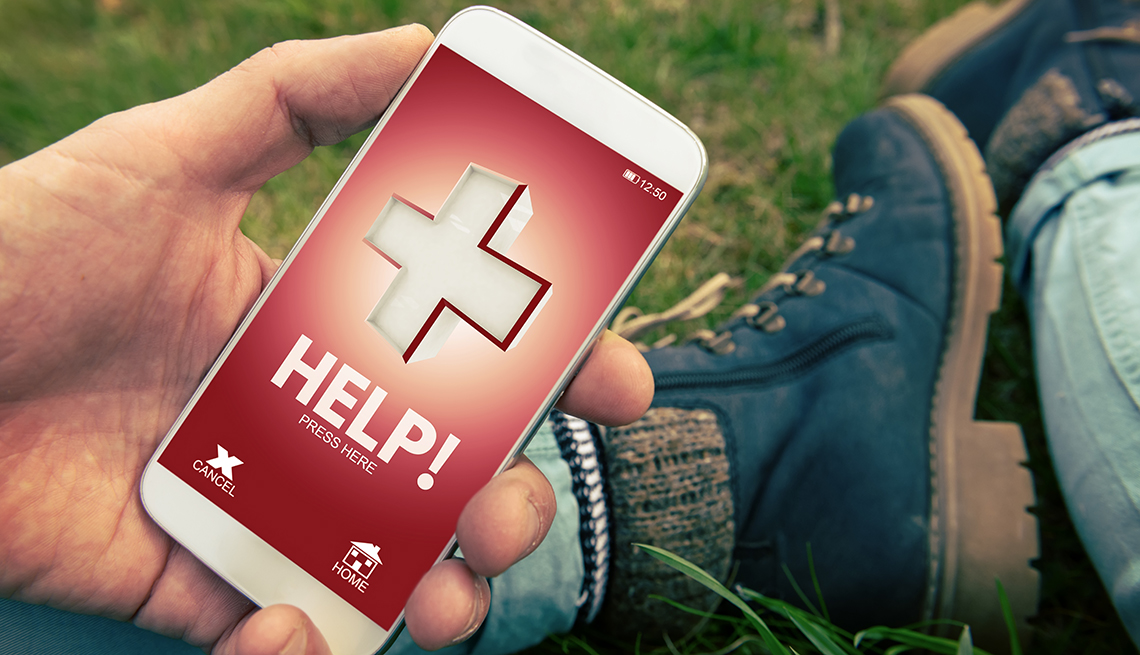

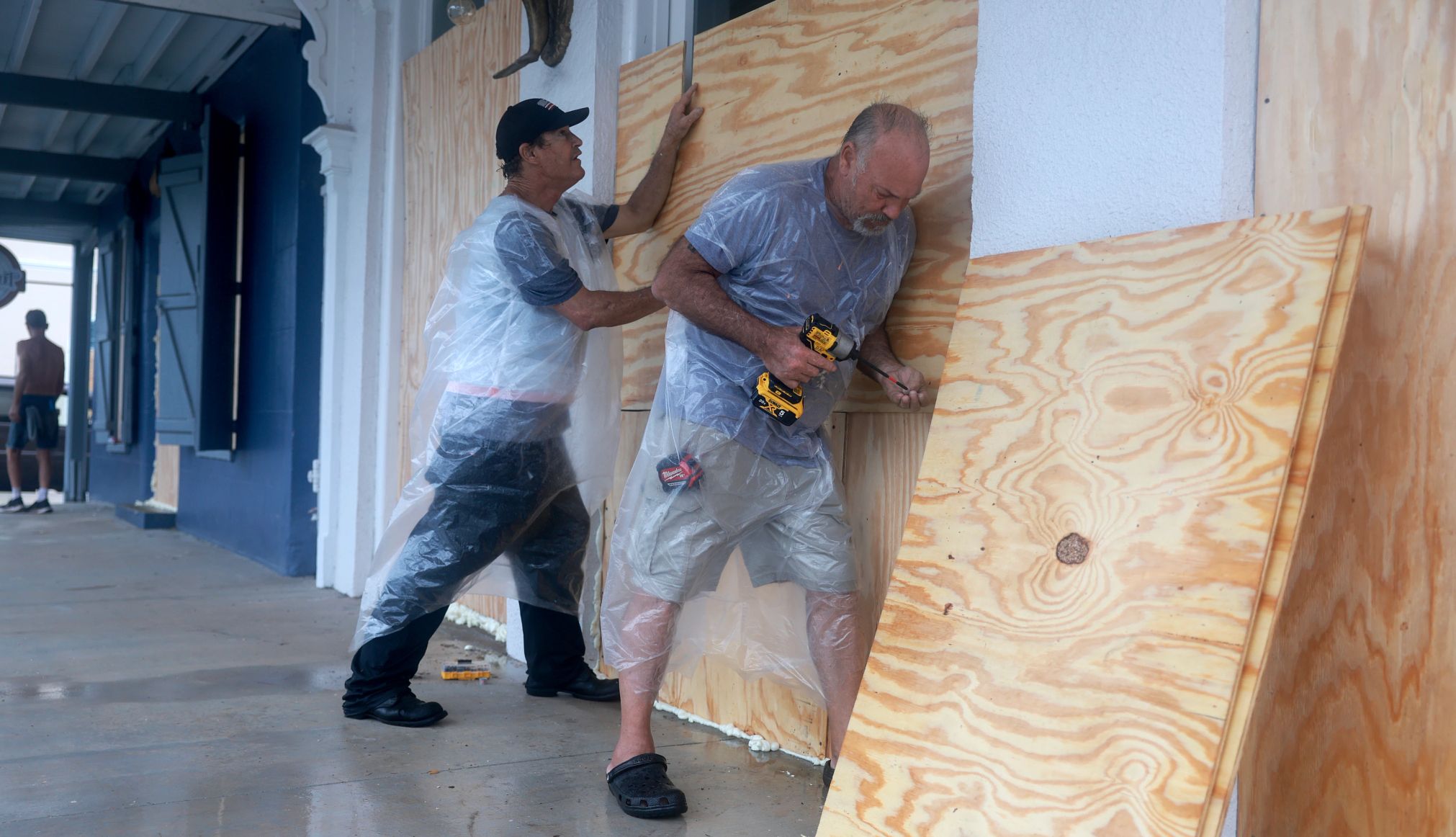
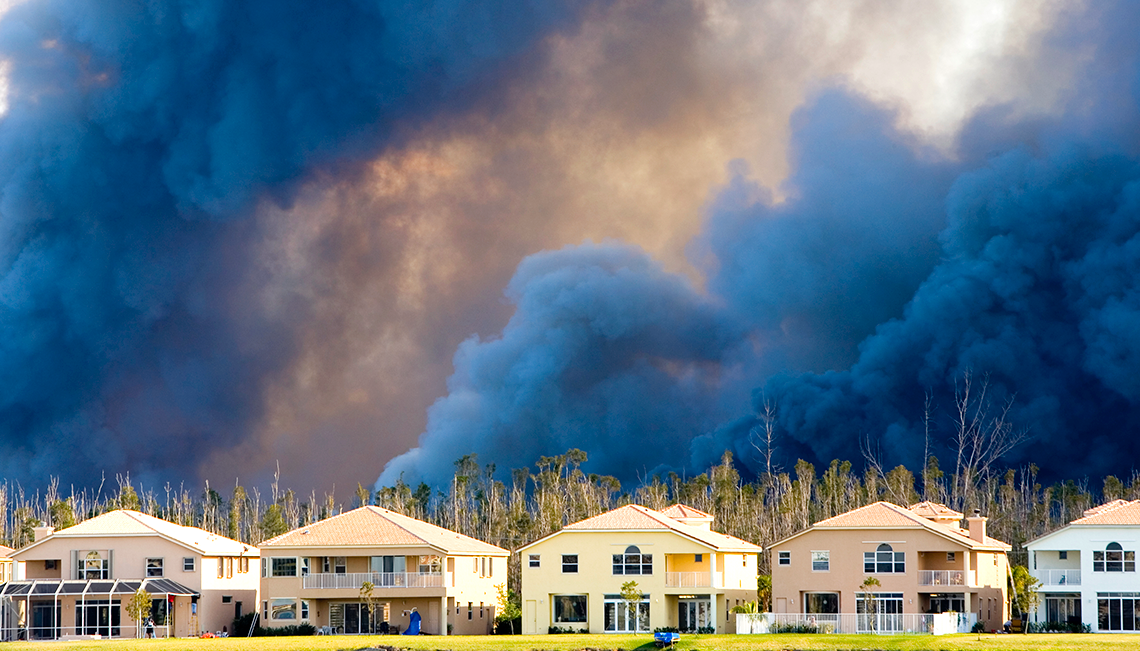
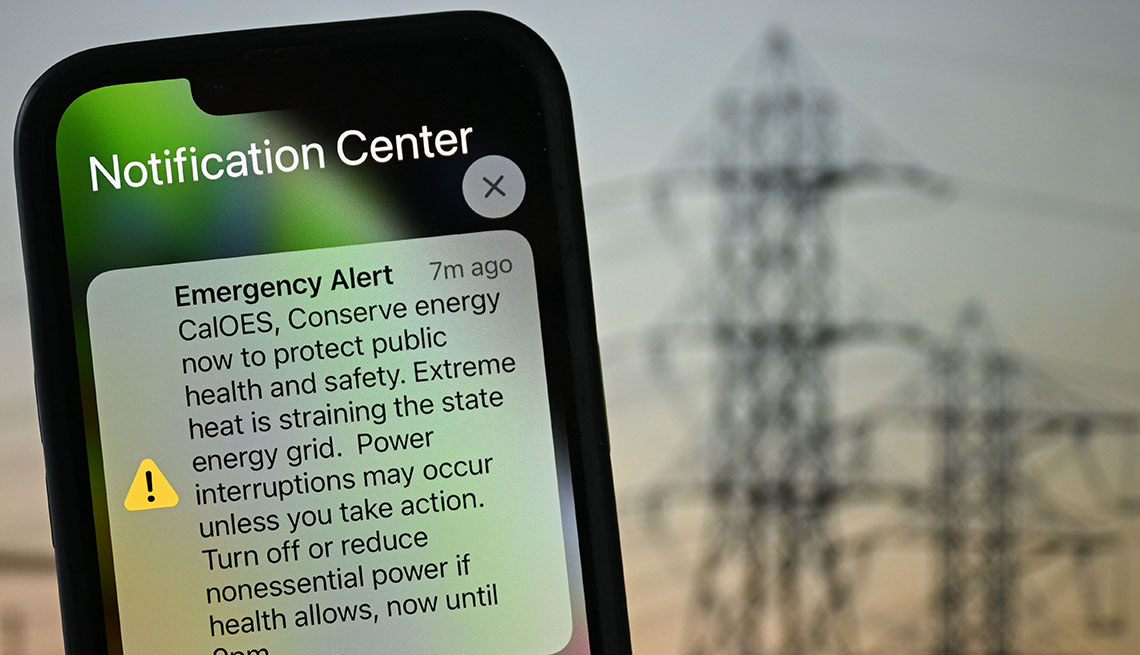
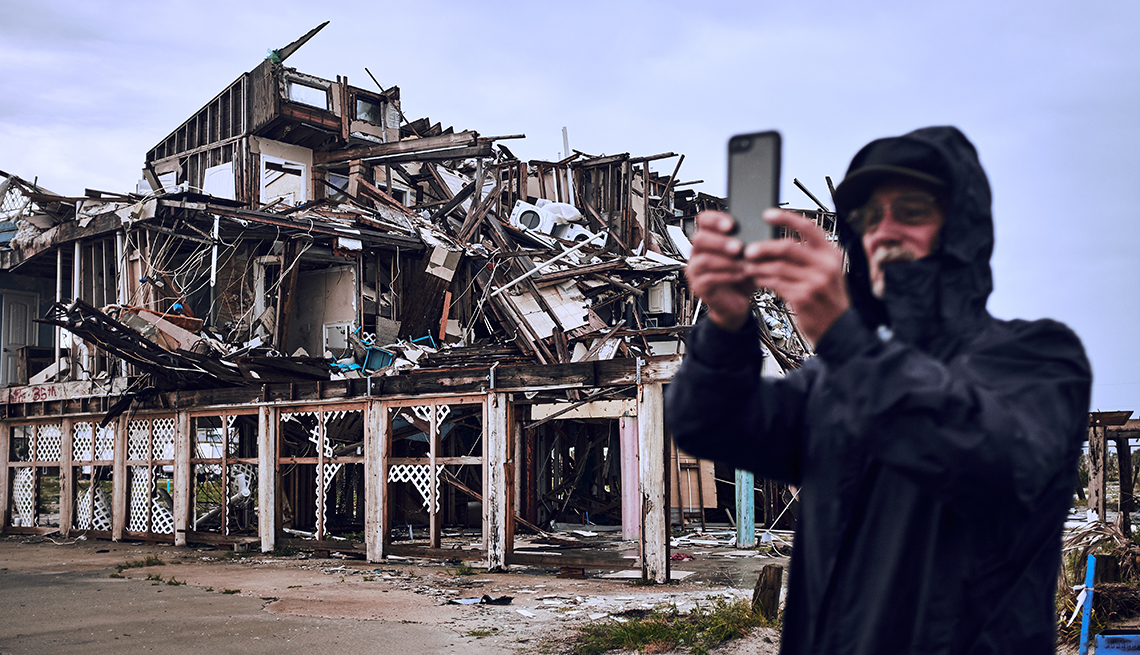
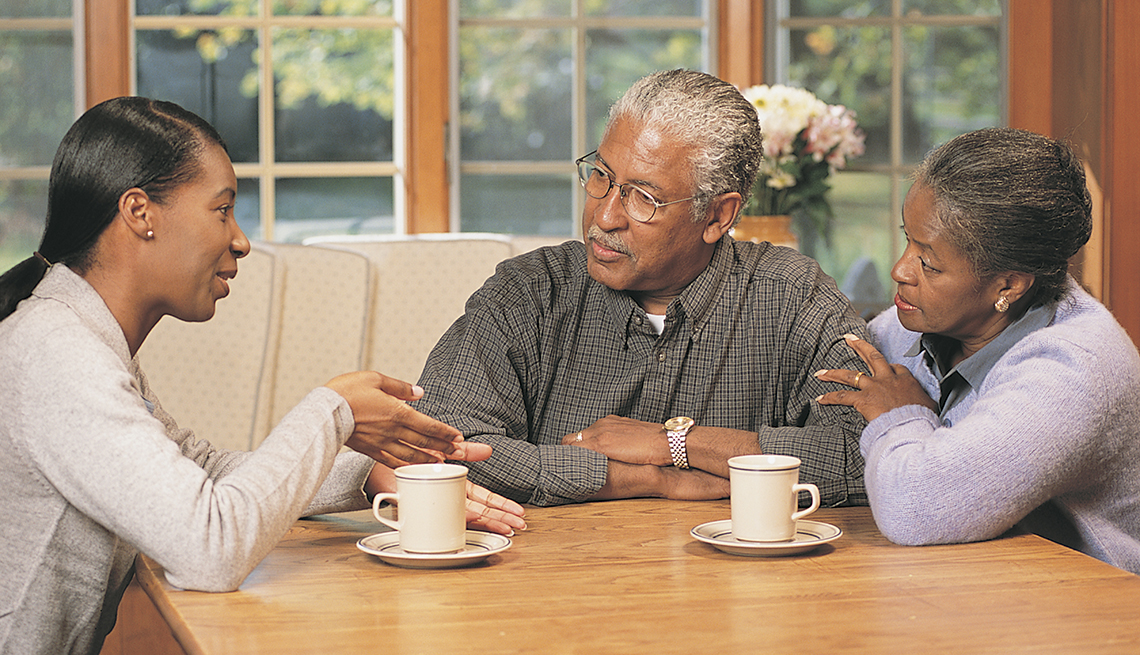
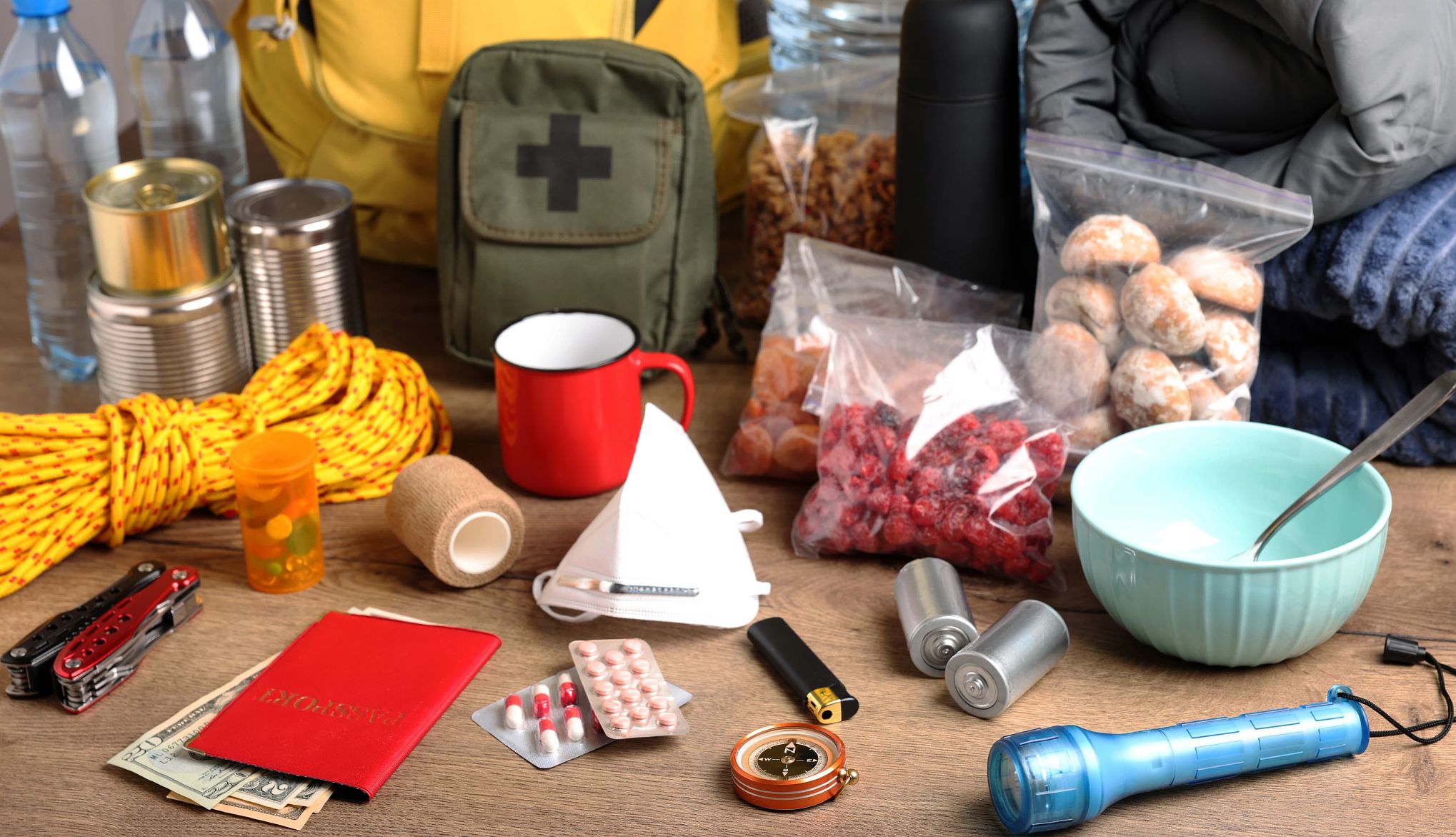







More From AARP
7 Ways to Protect Your Home from Wildfires
New materials, landscaping help prevent fires from spreadingEssential Technology to Have During Natural Disasters
Free apps, affordable gadgets can help in an emergency
I Lived in a Town Immune From Natural Disasters – Until It Wasn’t
Hurricane Helene hit Asheville with a brute force the area had never seen